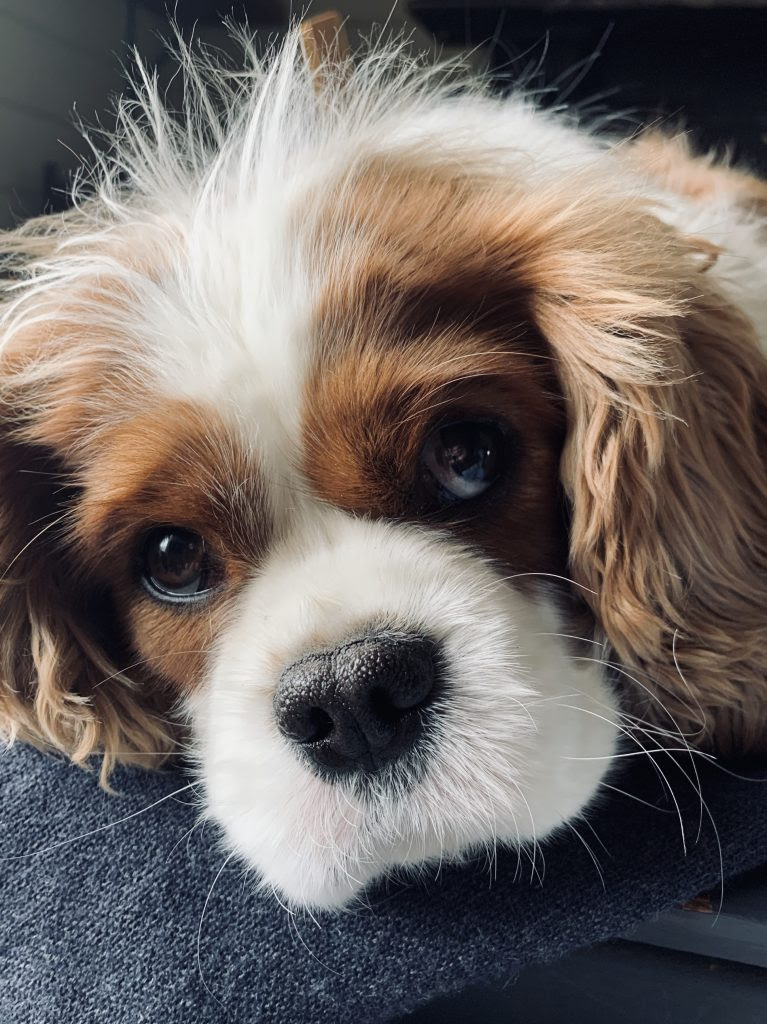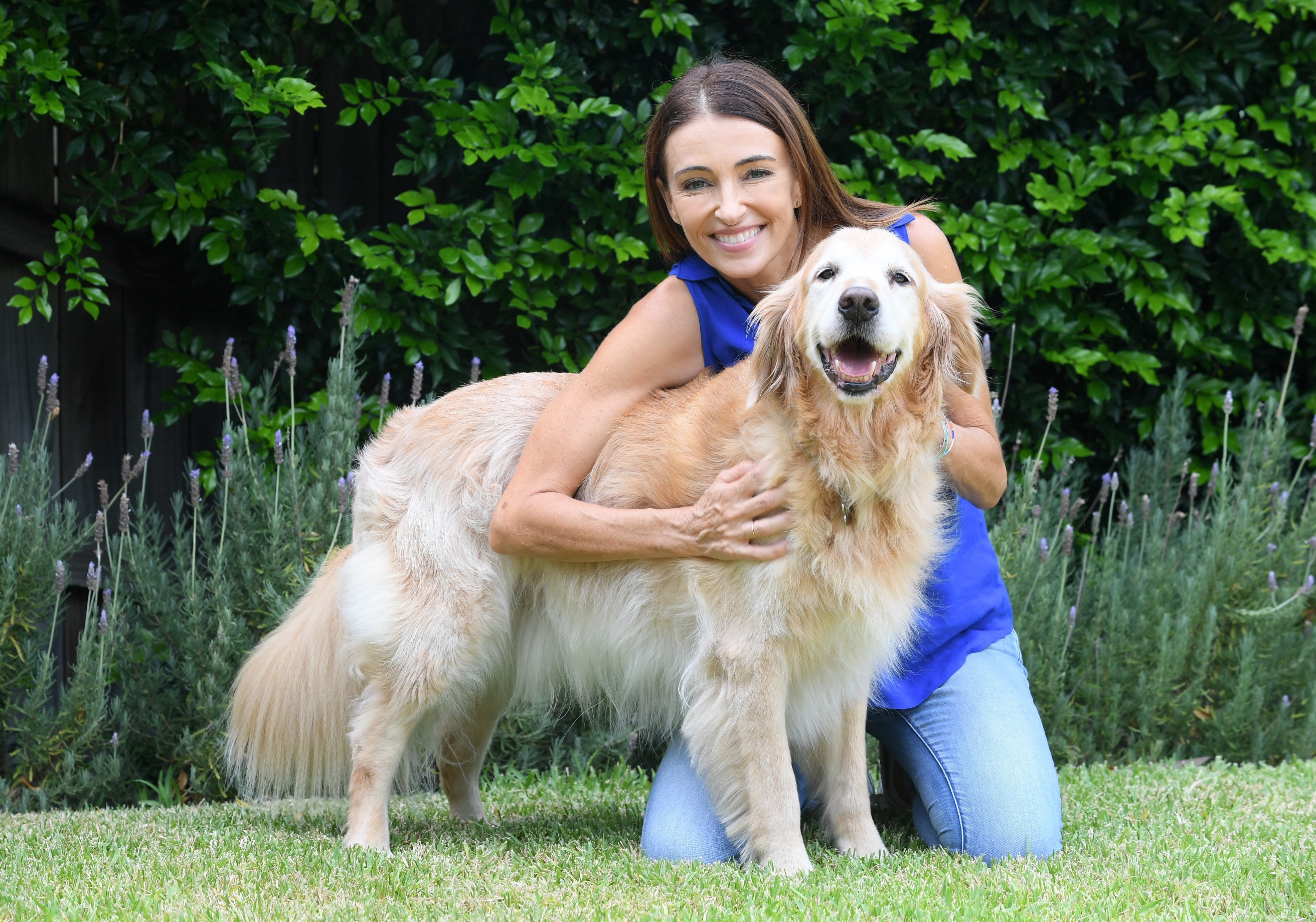Lifestyle: I know this is going to be true for my dog and two cats. Once I head back to work, their world and mine will be different.
Keep smoking
Tips For Preventing Separation Anxiety In Pets |
By Dr Katrina Warren
With the the world slowly returning to some normality and many people heading back to school and work, we ask veterinarian Dr Katrina Warren for her tips on helping to prevent separation anxiety for our furry friends.
Why do our pets experience separation anxiety when they are alone?
This year has certainly seen huge changes to the way we are living, and I think it’s safe to say that most pets have enjoyed having their owners at home a lot more – many have never had this much attention and dogs are getting more walks than ever!
Pet adoption rates are also through the roof and many people have purchased puppies as “Isolation Buddies “ after finding themselves suddenly grounded and craving companionship – I am personally very thankful for the company of my own pets right now, so I really do understand the pleasure our furry friends bring at this uncertain time.
I am, however, concerned that we’ll see many dogs with separation issues when things return to normal in a few months. Many pets currently have someone home with them 24 hours a day, but it will not be like this forever.
Dogs are social creatures and need to learn coping skills to be comfortable being left unattended. Otherwise, they may become anxious when left alone and this can result in destructive behaviour.
How can we support our pets to adjust to spending more time on their own again?
1. Teach your puppy to be comfortable alone
As tempting as it is to let your puppy follow you from room to room or to carry them around all day, this can lead to them becoming overly dependent on you and potentially anxious when left alone. It’s essential to teach them to spend time on their own. A playpen or crate can help keep them secure when you’re not in the same room to supervise them.
Allocate some time each day when you make sure your puppy is alone – after playtime is good -make sure they have had an opportunity to toilet and give them something safe to chew on to help them settle.
If you are planning on your puppy or dog spending time outside during the day when you return to work, it is essential that you set this up from the beginning. Remember, adult dogs should also spend time alone.
When you are home, put your dog outside for short periods while offering a chew toy or encourage them to settle on their bed or crate while you move around different parts of the house.

2. Exercise
Many of our dogs are getting more exercise than ever before. Maintaining an exercise routine will be important once you start leaving the house more or your dog may become bored and possibly destructive. This is especially important for adolescent dog and active breeds.
Be mindful of the amount of exercise you have given your dog during isolation and ask yourself how much exercise you will be able to maintain when circumstances change?
3. Make a safe space for your dog
This could be a kennel, pen, crate or bed area where they can go where they will not be disturbed by family members. Children should be taught to respect this ‘safe place’ and should not be allowed to interact with their pet when they are there. Some pets may benefit from a walled bed such as the Snooza Cuddler bed because of the walls and deep sleeping area that allows them to snuggle and feel secure or the Snooza Snuggler that has walls but a firmer orthopaedic base for those who need it. (Ed’s note – we have just purchased one of these Snooza beds for our little office mascot, Cavalier King Charles Spaniel, Ellie, we will post an update and post pics to Instagram as soon as it arrives).

4. Consider your routine
Dogs like routine, it helps them feel secure. Try to create a routine that will also work when you are back at work – be mindful of feeding and exercise times. Make the rules of the house clear and be consistent – for example, don’t let them spend time on the couch or bed now just because you are bored if that will be off bounds later.
5. Set up good chew habits
Teach your puppy or dog what is acceptable for them to chew on and only give them chew toys that are clearly distinguishable from household items. When you want your pet to have some quiet time, give them a safe chew toy so they learn to associate this time with something positive. When you start to leave the house more, you can give them a chew toy to help them relax and keep them occupied.

About Dr. Katrina Warren
Dr. Katrina Warren is a veterinarian best known for her work in the media as a presenter and spokesperson. She has worked across all media platforms, including TV, radio, print and online and authored four books, hosted many events and most recently created an online education program for dog owners. Dr. Katrina Warren has a genuine love for animals and her real passion is helping pet owners enhance the special bond that is shared with pets.